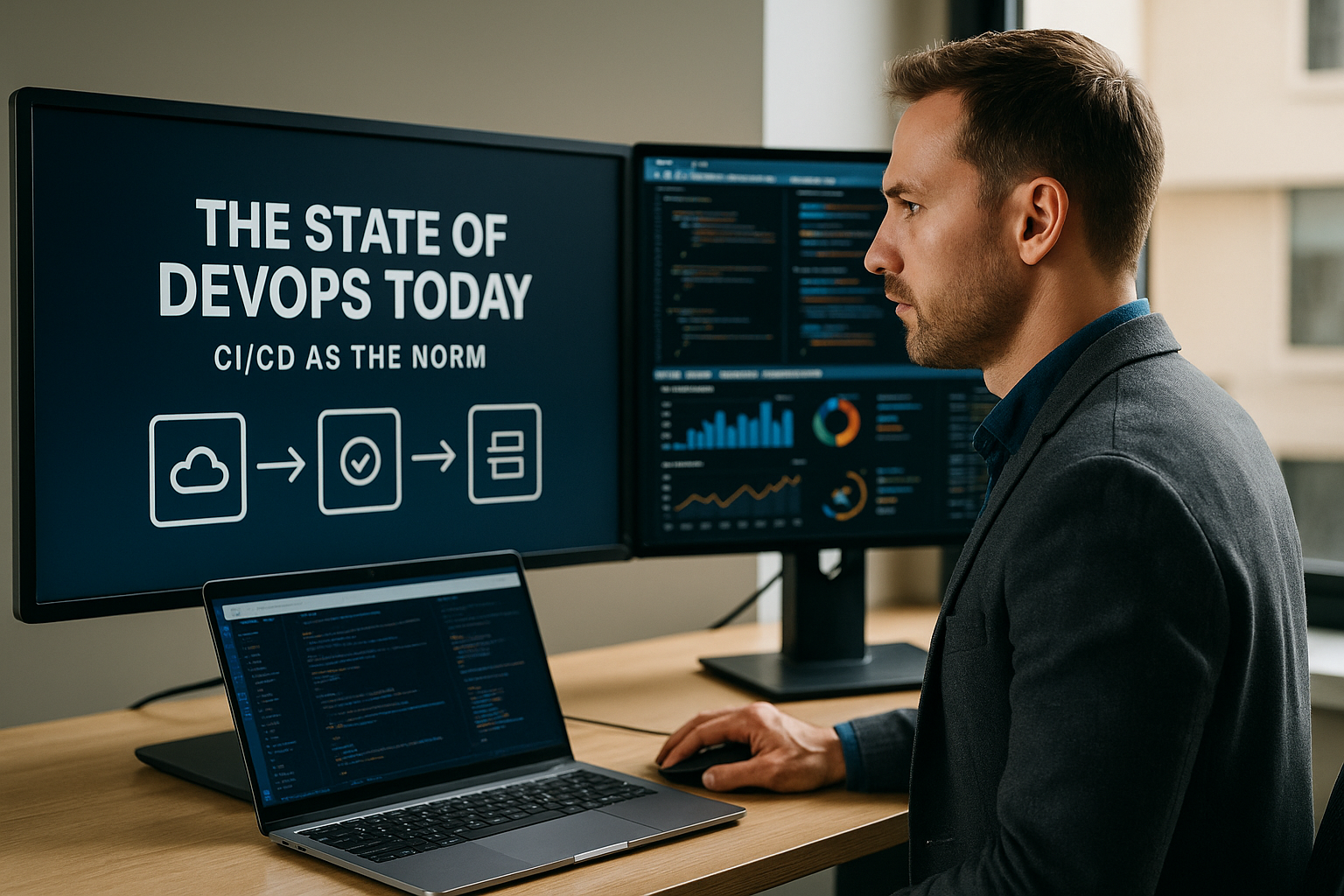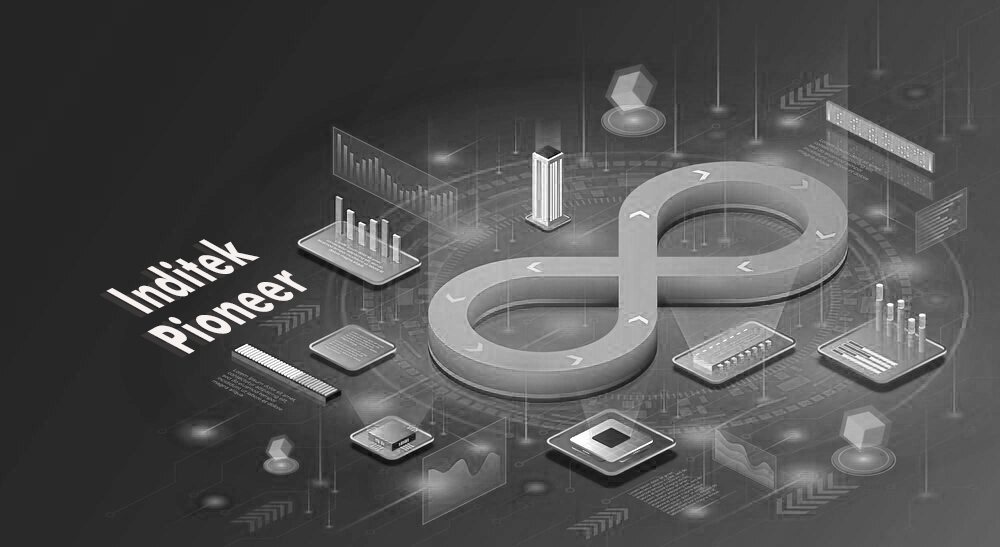DevOps in 2025: From Continuous Delivery to Autonomous Deployment
by Rajashekar, Sr. AI Developer
1. The State of DevOps Today: CI/CD as the Norm
By 2025, most mature engineering teams have adopted Continuous Integration (CI) and Continuous Delivery (CD) practices. This means:
- Code changes are automatically tested and merged.
- Builds and deployments are automated.
- Environments are standardized through infrastructure-as-code.
- Releases can happen daily or even hourly, reducing risk and increasing agility.
However, even with automation in place, many deployments still require manual intervention, approval gates, or monitoring — and that’s where the next leap begins.

2. What Is Autonomous Deployment?
Autonomous Deployment refers to an advanced DevOps model where AI, machine learning, and feedback loops are deeply integrated into the deployment process. These systems:
- Predict the optimal time for release based on traffic, usage patterns, and risk models.
- Self-heal or rollback in case of failures without human input.
- Continuously learn from past deployments to improve future rollouts.
- Eliminate bottlenecks caused by manual checks, freeing up teams for innovation.
At Inditek, we’ve already begun implementing intelligent deployment pipelines using anomaly detection, performance metrics, and predictive insights.

3. Key Enablers for Autonomous DevOps
To move toward autonomous deployment, organizations need the following foundational systems in place:
a. AI-Powered Observability Tools Tools like Dynatrace, New Relic, or custom AIOps dashboards analyze logs, metrics, and traces in real-time, enabling the system to react instantly to issues.
b. Policy-as-Code & Guardrails Automated governance ensures deployments follow compliance and security rules without requiring manual reviews.
c. Feature Flags and Canary Releases These allow new features to be rolled out gradually, monitored closely, and auto-paused or reverted if issues are detected.
d. Intelligent Rollback Mechanisms Based on pre-defined error thresholds, performance drops, or failed test cases, the system can auto-revert deployments with zero downtime.

4. Benefits of Autonomous Deployment
✔ Speed Without Sacrificing Stability Releases are faster, but safer, thanks to machine-driven validations.
✔ Reduced Human Error With systems learning from every release, there’s less room for manual misconfigurations or oversight.
✔ 24/7 Deployment Capability Deployments no longer wait for work hours. Systems can decide when it’s best to ship.
✔ Focus on Innovation Your DevOps teams can now shift focus from managing pipelines to optimizing products and user experience.

5. How Inditek Is Helping Clients Prepare
At Inditek, we offer end-to-end DevOps transformation services that include:
-
CI/CD Pipeline Setup using GitHub Actions, GitLab, Jenkins, and Azure DevOps.
-
AI-integrated Monitoring Dashboards with auto-alerting and self-healing workflows.
-
Infrastructure-as-Code using Terraform and Ansible.
-
DevSecOps frameworks for secure-by-default deployment models.
-
Training & Enablement for internal DevOps teams.
We work across industries — from education and retail to healthcare and logistics — helping businesses embrace intelligent automation.

Conclusion: The Future Is Self-Driving
Just like autonomous vehicles, autonomous DevOps is not about removing control — it’s about empowering systems to make safe, data-driven decisions faster than humans can. By investing in automation, observability, and intelligent tooling, businesses can future-proof their software delivery and stay competitive in an always-on digital world.
Want to explore how autonomous deployment can accelerate your business? Contact us to get started.

